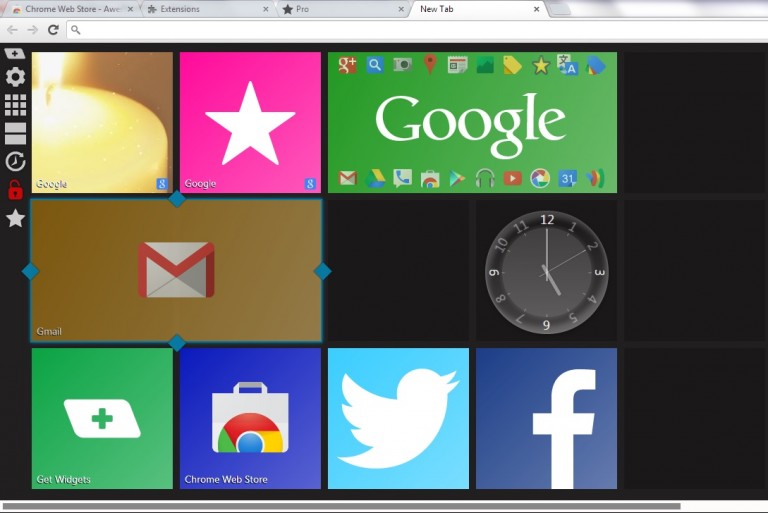


- #Add apps to chrome apps page pdf
- #Add apps to chrome apps page install
- #Add apps to chrome apps page full
- #Add apps to chrome apps page registration
You can save files in whichever format you want ranging from PDF to DOC and DOCX. It will help you edit your documents on Microsoft Office as well. It brings almost all the Microsoft Office features and you can also use it while being offline. And users who are coming from Windows and are looking for Office apps, Google Docs can be a great Office alternative on Chrome OS. Google Docs does not need any introduction. Now with all that said, let’s go through the best Chrome OS Web Apps. The website will be available as a Web App in your app drawer. If the user selects Cancel, the state of the app goes back to how it was before the button was clicked.Next, enable the checkbox for “Open as Window” and click on the “Create” button.

When you open the app, it will appear in its own window:

#Add apps to chrome apps page install
If the user selects Install, the app is installed (available as standalone desktop app), and the Install button no longer shows (the onbeforeinstallprompt event no longer fires if the app is already installed). So when the button is clicked, the install prompt appears. Set deferredPrompt to null since it is no longer needed.Respond to the user's interaction with the prompt using the userChoice property, again available on the beforeinstallprompt event object.Use the prompt() method available on the beforeinstallprompt event object (stored in deferredPrompt) to trigger showing the install prompt.Hide the button again with display: none - it is no longer needed once the app is installed.The click handler contains the following steps: Set the button to display: block so it appears in the UI for the user to click.Store the event object in the deferredPrompt variable so it can be used later on to perform the actual installation.Call Event.preventDefault() to stop Chrome 67 and earlier from calling the install prompt automatically (this behavior changed in Chrome 68).addEventListener ( 'beforeinstallprompt', ( e ) => ) The manifest for our sample app looks like this: Also, be aware that Chrome requires this before it will display the install banner, whereas Firefox doesn't require it for showing the home-with-a-plus icon. Note that this has to be a relative URL pointing to the site index, relative to the URL of the manifest. start_url: Provides a path to the asset that should be loaded when the added-to-Home screen app is launched.You are advised to provide both if your app's name is particularly long.
#Add apps to chrome apps page full
name provides the full app name, and short_name provides a shortened name to be used when there is insufficient space to display the full name.
#Add apps to chrome apps page registration
webmanifest extension is specified in the Media type registration section of the specification, but generally browsers will support manifests with other appropriate extensions, e.g.json.


 0 kommentar(er)
0 kommentar(er)
